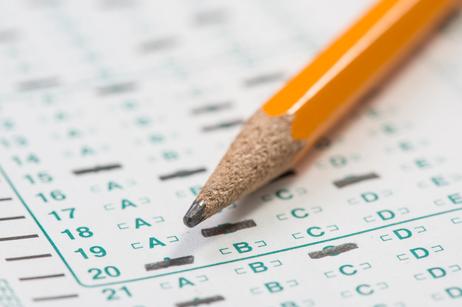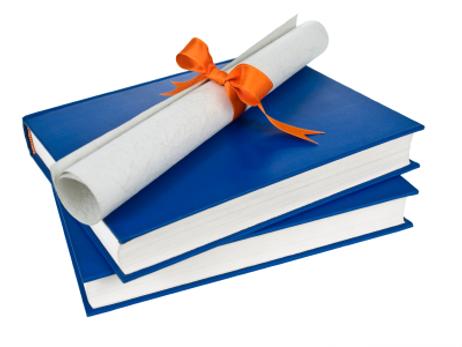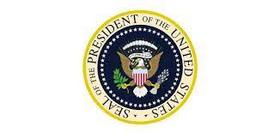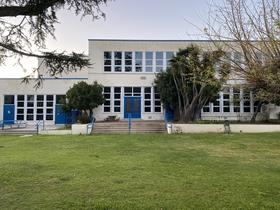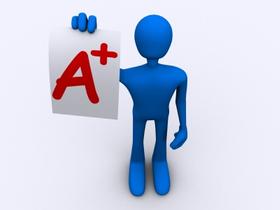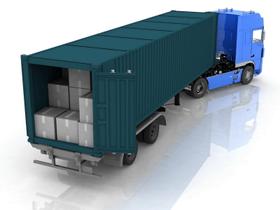Many Roman Catholic high schools don't use the SSAT or ISSE admissions tests as part of their admissions requirements. For instance, Roman Catholic high schools in the Archdioceses of New York and Brooklyn/Queens administer the Test for Admission Into Catholic High Schools or TACHS.
Elsewhere in the country, you will find the Cooperative Admissions Exam (COOP) or the High School Placement Test (HSPT). What the admissions staff are looking for is readiness for high school level academic work. The tests are generally given in the late fall of grade 8. Study.com offers a Practice and Study Guide for the COOP exam.
This video from Petersen's offers strategies for taking the HSPT.
Diocesan and archdiocesan high schools generally admit most of their new students from elementary schools within their own dioceses. (A diocese is a legal territory and entity under the control and jurisdiction of a bishop.) Consequently, most of the students have been educated to certain standards that are well-known within that diocese. Standardized tests are not necessary in order to develop a student profile. That profile is already well-known. as well, the teachers and principals of the diocesan elementary schools themselves are known quantities. That being the case, it is simply a matter for the admissions office to identify any marginal performers and decide on those applicants. The testing per se has already ben done.
Questions?


